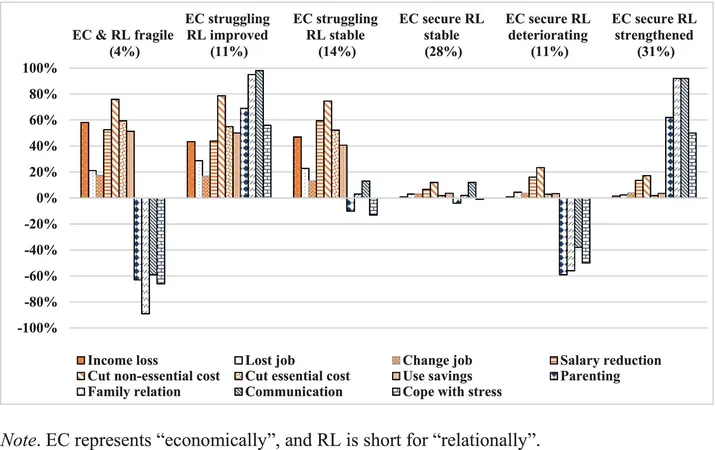
Groundbreaking Discovery: Hidden States in Inorganic Nanoclusters That Could Revolutionize Renewable Energy and Quantum Computing!
2024-10-08
Author: Daniel
Groundbreaking Discovery: Hidden States in Inorganic Nanoclusters That Could Revolutionize Renewable Energy and Quantum Computing!
In a remarkable breakthrough, researchers at Cornell University have unveiled hidden and intriguing states in nanomaterials that could significantly enhance the development of materials tailored for renewable energy and quantum computing applications. This pivotal research, published in the October 8 issue of ACS Nano, presents the first evidence of intermediate states in cadmium sulfide nanoparticles as they transition from one atomic structure to another, all while retaining their chemical composition.
Richard D. Robinson, an associate professor of materials science and engineering and the study’s senior author, likened this discovery to a Rubik's Cube. “We were previously only aware of the final organized state, but now we understand that there are multiple intermediate configurations leading to that end state,” he explained.
The research follows a 2019 study where Robinson's team identified that cadmium sulfide 'magic-sized clusters' could switch between two distinct atomic phases—alpha and beta. However, the swiftness of this transition had previously hindered scientists from observing any intermediate states, prompting curiosity about potential intermediate atomic arrangements akin to those seen in organic materials.
To investigate this, doctoral students Reilly Lynch and Thomas Ugras conducted an innovative experiment that utilized a mild chemical to slow down the transformation process. As a result, the team was able to identify three stable intermediate states existing between the alpha and beta phases. Each state showcased distinct bandgaps—energy levels crucial in controlling the material’s electronic and optical properties, such as light absorption and electrical conductivity.
“The unexpected finding here is that while these transition states are nearly atomically identical, their electronic structures are strikingly different. The energy gap can vary by as much as half an electron volt from the final state, which is astounding,” Robinson stated. “It’s akin to transforming a red rose into a blue one; structurally identical atoms exhibiting differing energy absorption properties challenge existing scientific norms and unravel a captivating riddle.”
Lynch intends to further this pioneering research by exploring the surface interactions and polarization of the nanoclusters utilizing X-ray photoelectron spectroscopy. “This decoupling of atomic structure and electronic structure in these nanoclusters not only challenges conventional wisdom but also hints at untapped discoveries about how atomic-scale interactions can unexpectedly influence material properties,” Lynch emphasized.
Harnessing this electronic transformation mechanism could pave the way for materials with dynamically adjustable bandgaps. This innovation could allow for tunable solar cells that optimize performance based on varying light colors. “As the sun alters its angle throughout the day or the seasons, its color changes,” Robinson noted. “In the future, we may employ these isomerization techniques to fine-tune our photovoltaic solar cells for optimal absorption based on these color changes.”
Moreover, this work opens avenues for the development of quantum dots that emit various light colors. Instead of relying on different sizes of dots to create colors for television displays, manufacturers could fabricate a consistent size and modify their surface, enhancing color quality and production efficiency while providing greater versatility in displays.
With support from the National Science Foundation, the Kavli Institute at Cornell, and the American Chemical Society Petroleum Research Fund, this research stands poised to redefine our understanding of nanomaterials and their potential applications. The quest for further discoveries in this exciting field is now more critical than ever, promising a future where the boundaries of solar energy technology and quantum computing are continually expanded!




 Brasil (PT)
Brasil (PT)
 Canada (EN)
Canada (EN)
 Chile (ES)
Chile (ES)
 España (ES)
España (ES)
 France (FR)
France (FR)
 Hong Kong (EN)
Hong Kong (EN)
 Italia (IT)
Italia (IT)
 日本 (JA)
日本 (JA)
 Magyarország (HU)
Magyarország (HU)
 Norge (NO)
Norge (NO)
 Polska (PL)
Polska (PL)
 Schweiz (DE)
Schweiz (DE)
 Singapore (EN)
Singapore (EN)
 Sverige (SV)
Sverige (SV)
 Suomi (FI)
Suomi (FI)
 Türkiye (TR)
Türkiye (TR)